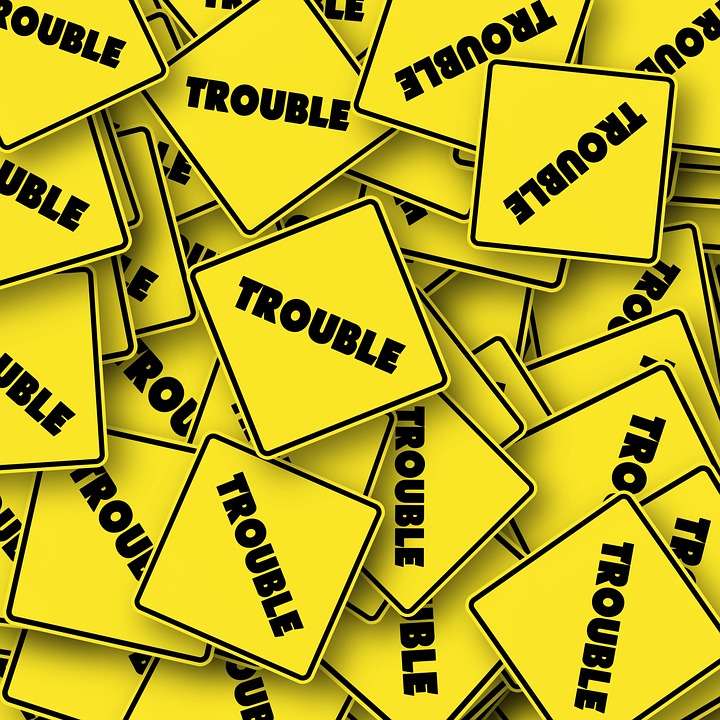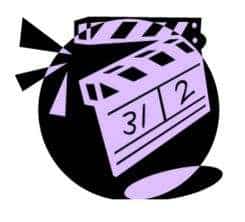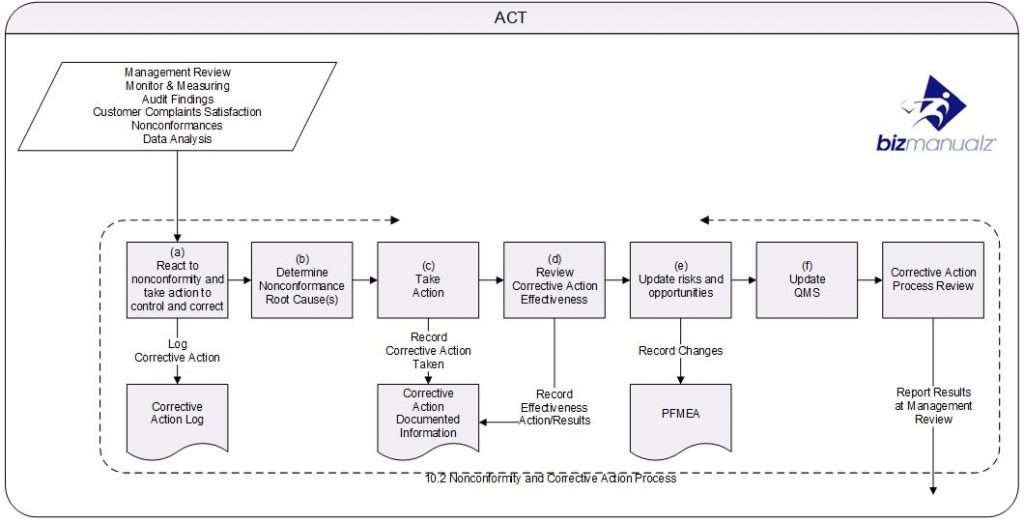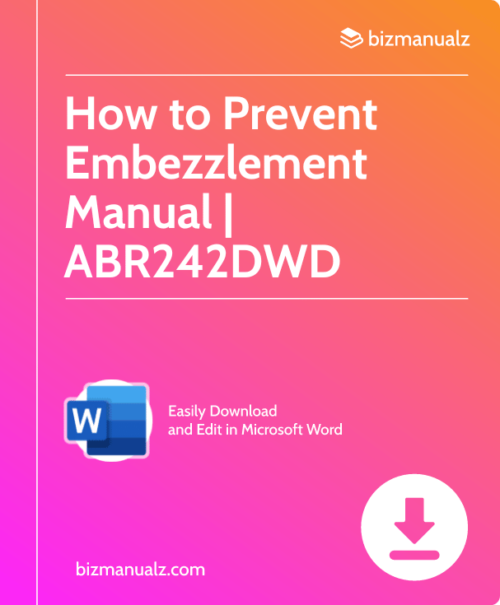How Do You Correct Nonconformances with Corrective Action?

We know that it is important to collect information and feedback from external and internal sources in order to identify problems, defect, or non-conformances. But once you have found a problem, what steps do you take to resolve it? Do you take corrective action on all problems that are identified? How Do You Correct Nonconformances with Corrective Action?
What is the Definition of Nonconformance and Corrective Action?
Let’s review, from an ISO 9001 perspective, how to handle resolving non-conformances and other problems, and discuss some common misconceptions. First of all, we should make sure we clearly understand the definitions of the terms we use to discuss this facet of the improvement process.
Definition of Nonconformance
A Nonconformity is a requirement that is not fulfilled. A non-conformance is also referred to as a defect, complaint, audit finding, warranty issue, problem, failure, compliance violation, or many other things. Basically a nonconformance is a failure to meet requirements.
Definition of Correction
A correction is an action taken to eliminate a detected nonconformance. A correction is not a fix or solution to the failure, but a temporary patch. A permanent solution requires corrective action.
Definition of Corrective Action
A corrective action is an action taken to eliminate the root cause of the nonconformance. A correction might be temporary, while a corrective action resolves the issue so is does not reoccur. It is a permanent fix to the detected defect or non-conformance.
Using these definitions, the first thing you might notice is that not all customer complaints should be considered nonconformances. Not all customer complaints are due to nonconformity.
Not All Customer Complaints Call for Corrective Action
For example, you sell a computer application geared toward very experienced and knowledgeable users. Someone who is not very knowledgeable buys the application, and then complains because they don’t understand how to use it.
Is that a nonconformance? Probably not if it was not the target market. So perhaps no action is taken because there is no nonconformance.
But what if the same complaint occurs on a regular basis? (Recall that we should be encouraging and analyzing feedback). We may decide there is a nonconformance after all, but a sales or marketing nonconformance not a product nonconformance.
Have we determined the customer requirements (needs) and clearly communicated those in design? How well does the product meet those needs? Who is intended user? If we get regular complaints from people for whom the product was not intended, then that requirement is not being met.
The second thing that should be apparent from the definitions is the difference between correction and corrective action. Correction is done to make an immediate fix of the nonconformance. Corrective action is done to address the cause of the nonconformance so it does not reoccur.
Alternate Paths of Corrective Action
Once we decide that there is a nonconformance, there are actually two alternate paths an organization should follow when a nonconformance is found.
Immediate Corrective Action Path
-
- Correction
- Analysis of cause
- Corrective Action
Alternative Corrective Action Path
-
- Analysis of cause
- Correction
- Corrective Action
Why the difference? Because the situations surrounding a nonconformance are different. Sometimes the correction or immediate fix is obvious and needs to be done right away.
For example, a customer was sent the wrong item. We want to send the customer the right item immediately. We don’t want the customer to wait while we investigate the root cause or reason that the wrong item was shipped.
Or, in another example, a jig was installed incorrectly on a metal stamp machine, and parts produced are defective. Do we want to shut down production while we figure out why it was not properly installed? No, we want to fix it and resume production first, then investigate the reason.
Sometimes the immediate correction that should take place is obvious, and there is no reason for delay. Make the needed correction immediately. That is when the first alternate path should be taken.
Other times, the immediate correction is not obvious. If there is a problem in a complex computer program, for example, the immediate correction needed may not be apparent, and rushing to implement a fix before it is understood may cause more problems than it solves. In such cases, correction should not take place until the problem is understood. Here, the latter path should be followed.
Consider the Situational Factors for Corrective Action
The point is that there are situational decisions to make when employing the corrective action process. While it is important to have a process to follow to deal with nonconformities, not all problems and nonconformities can be dealt with in the exact same way.
They need to be handled on a case by case basis. If you routinely put every customer complaint or problem into the corrective action process, then you will likely overwhelm the corrective action process and it will not function properly when there are issues that need to be resolved through corrective action.
Correcting a Problem
There are a few important points to reiterate. First, correcting a problem is not taking corrective action. Corrective action is when you analyze the problem to determine the cause, address the cause, and then, importantly, verify after an appropriate amount of time that the problem does not reoccur.
Correction / Corrective Action is Not Always Required
Second, correction and/or corrective action may not always be required. This is especially true if the problem or nonconformance is identified as a special case that is rare and likely to never to reoccur.
Finally, either correction or corrective action may alone be sufficient. Not every problem that needs correction requires corrective action.
For example, if the wrong item was shipped because both people who fulfill orders called in sick on the same day, then the cause is obvious. And if it is determined that it was a rare occurrence not likely to happen again, then there is no need to address the cause.
Correct Nonconformances with Corrective Action
Sometimes a problem or nonconformance does not require a correction, but there is a need to investigate the cause and prevent reoccurrence. These decisions should be made on a case by case basis, depending on situational factors.
If a nonconformance occurred, then we are using the corrective action process. Preventive action is taken to prevent a potential nonconformance that has not occurred.

















Thanks,I shouldn’t waste all my valuable times on which dutt/task, that might or may no get solutions for.